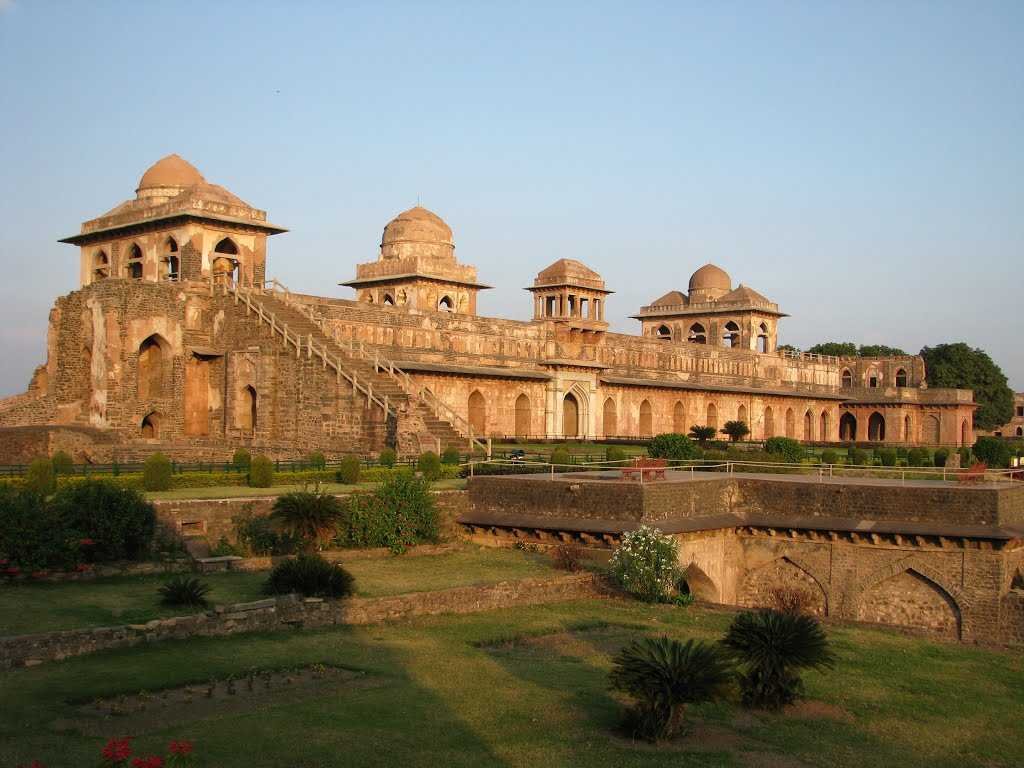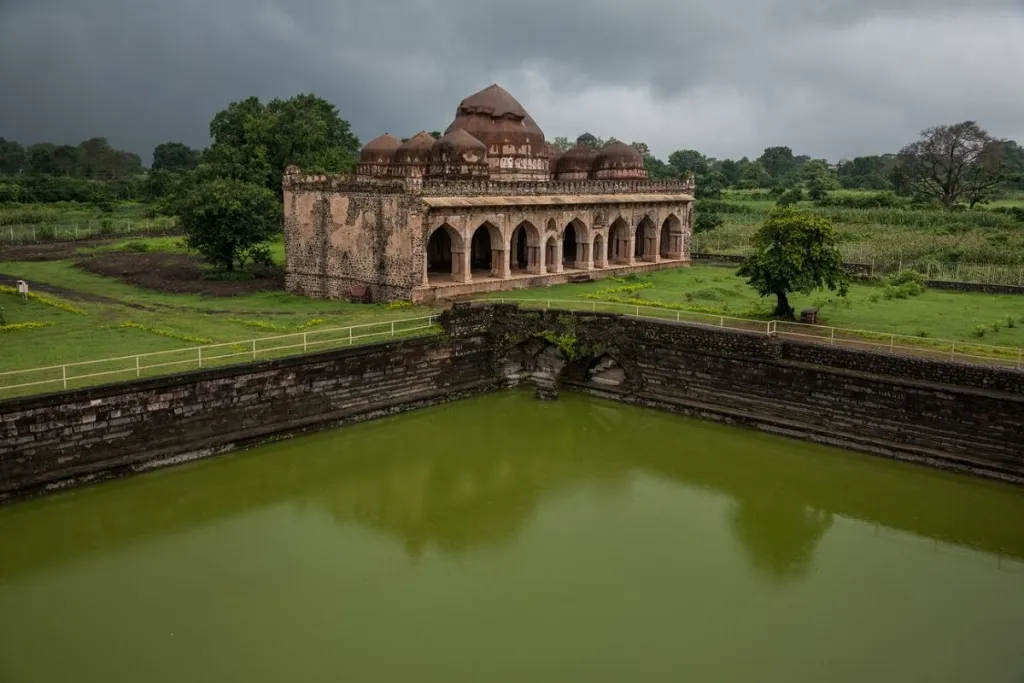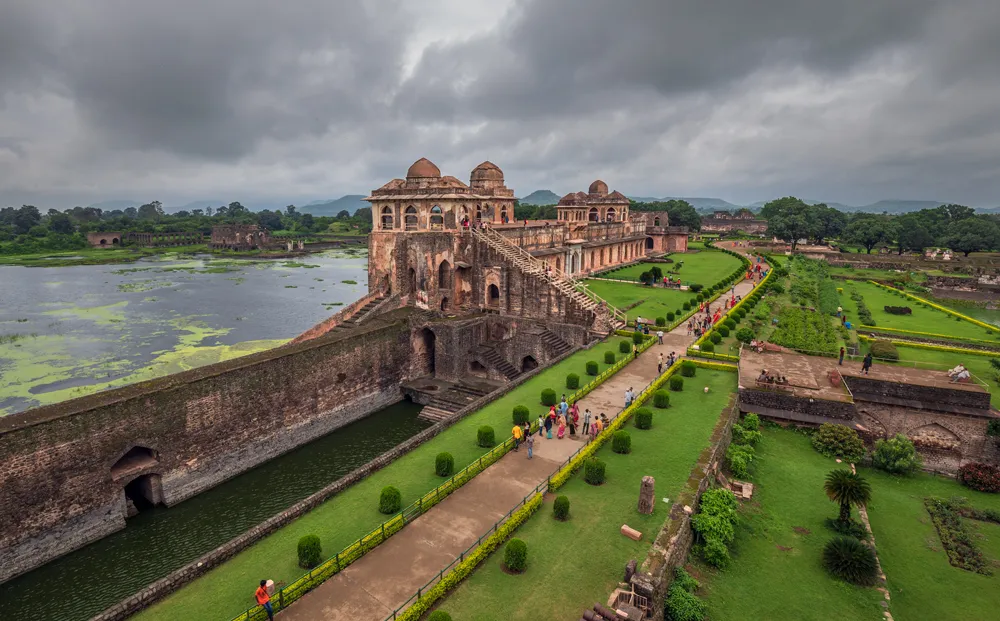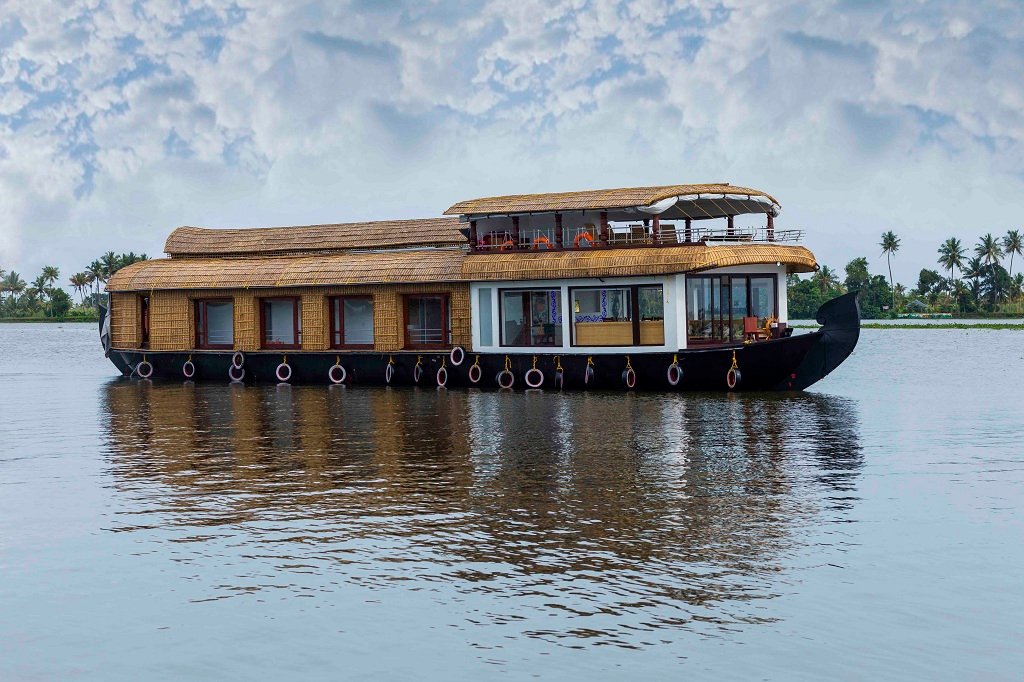Have you ever entered an area that looks so close to fable-like drama, stepping right in front of your eyes? Mandu is, for example, a heaven put up upon a hill in Madhya Pradesh. City of Joy Mandu is a living canvas where enormous mosques stand in front of divine palaces, and whispering legends are carried upon the arms of the wind. It is not just some remains of history; it is a living echo of India’s bygone blaze.
The Geographical Charm of Mandu
Mandav is about one hundred kilometers from Indore and is located on the Malwa plateau. It surveys the ravines, the smooth hills, and the lakes reflecting sunlight above. The view itself is captivating in its aura; every little pause seems a thieving from eternity.
Why the Title “City of Joy”?
In the early years, Mandu was recognized as the City of Joy. Picture in your mind the lively courts, resounding with music, poets pen down their lines into the dusk, and laughter playing, even within the courtyards of Mandu in the days of its glory. And till today, mellow ruins carry a gentle hum, silently radiating joy that seeps into the soul of every traveler who toes their way to tread upon those pathways.
A Chronicle Etched in Stone
The history of Mandu goes back thousands of years.
- From the 6th century onwards, it became known as a fortress town guarding its territory.
- The Parmar dynasty made it a hub of trade and arts.
- Afghan rulers brought in a massive grandiosity by erecting huge palaces, mosques, and mausoleums.
- Some Mughal emperors were so mesmerized by its beauty that they left their imprint on its soil.
Marvels of Mandu’s Architecture
If Mandu is a story, its monuments are carved stanzas in stone.
Jahaz Mahal-The Ship of Dreams:
Ships afloat between two lakes. The palace has raised the image of a great vessel afloat on the waters. It was built by Sultan Ghiyas-ud-din Khilji and a harem. This palace basks in its own glory as the most attractive at dusk while its reflection dances merrily upon the rippling lake.
Hindola Mahal-The Swaying Hall:
Its walls make it seem like the whole structure sways. It was formerly used as the hall for royal audiences, and it remains a monument where great assemblies could still be held.
Jami Masjid-The Majestic Mosque:
An Indo-Islamic miracle derived from the Mosque of Damascus, this most immense space is also wide and tall. Within it, the division of its huge courtyard and soaring arches reverberates with solemn spirituality.
Hoshang Shah’s Tomb- India’s White Legacy:
Wholly clad in white marble, this tomb has begun to be regarded as the precursor to the Taj Mahal. Its uniformity and its fine engravings show the architectural genius centuries before its time.
Baz Bahadur’s Palace:
Built for a king who hears music in everything, this uniquely designed building has exceptional acoustics. Songs sung within still seem to echo from the sunlight-filled courtyards.
Rani Roopmati’s Pavilion:
Situated above a sweeping valley, this pavilion faces the great Narmada River. For Rani Roopmati, this was a monument to love and landscape as much as it was a delightful pavilion-spectacle.

The Eternal Romance of Baz Bahadur and Rani Roopmati
The love story that has a soul-stirring quality cannot be left out of the whole Mandu tale. King Baz Bahadur loved music very deeply. His very own beloved, Rani Roopmati, was an exceptionally graceful songstress. Their love turned out into a thread interwoven with melody and verses. Alas, their joy turned to sorrow at the onset of Akbar’s forces against Mandu: the kingdom fell, and Roopmati, choosing dignity rather than captivity, took death into her arms.
Mandu as a Cultural Sanctuary
Outside its stone walls, Mandu is a rich storehouse of legends, celebratory activities, and arts.
Festivals
Every year, the Mandu Festival comes alive with musical concerts, dancing, food, and light shows that make one feel the dust of the ruins sparkle anew.
Literary & Artistic Inspiration
From the poets of ancient times to modern photographers, Mandu has always inspired artists. Writers would often establish it as a city where time has stood still to appreciate beauty.
Nature’s Embrace Around Mandu
Mandu is not only a history museum but also a nature gallery. The hills clothe themselves in emerald, waterfalls crash with vigorous sound, and clouds weave misty veils across palaces during the monsoon. Lakes like Kapoor and Sagar Talao bring in peace, sunsets from Roopmati’s Pavilion, or the reflections at Jahaz Mahal become moments etched in memory.
Approaching Mandu
- By Air: Indore Airport, about 99 km away, is the nearest gateway.
- By Rail: Indore and Ratlam serve as the closest railheads.
- By Road: Well-connected buses and taxis ply from Indore and Dhar.
When to Wander Mandu
In times from October to March, one can enjoy pleasant weather that is best for exploration. The monsoons, upon being drenched, cover Mandu with mist and mystery, and summer, however, can be suffocating with heat.
Resting Places in Mandu
The guests can select from options such as:
- Heritage hotels with royal indulgences;
- Budget hotels for the modest traveler;
- Resorts near ruins for sunrise and sunset views.
A Culinary Palette of Mandu
Its food is just as delicious as its tradition. A must-have here is:
- Poha – a light breakfast treat.
- Dal Bafla – a local variant of central Indian cuisine.
- Mawa Bati – rich, sweet, and unforgettable.
Wisdom for Travelers
- Ways of Chinese Redefine the basic requirements for good footwear for palace complexes.
- Avoid drying out, keep moist, and take some sun protection during these road trips.
- Maintain the dignity of ruins and avoid littering or engraving them.
- Capture lovely pictures, basking in the bright sunshine of early morning or late evening.

Conclusion
Mandu is not a place; there is lived experience, romance, cultural heritage, and a touch of nature. There is an illusory ship, Jahaz Mahal, to immortal grief, embodied in the sorrowful tale of Baz Bahadur and Rani Roopmati; every stone has a testimony to tell. How much more a voice would be added to the beauty of the rolling valleys and the silvery waters, along with the cultural pulse. A trip into Mandu is a step into an altogether different world where the past and love still breathe, touching both the heart and the soul with their eternal resonance.
Also Read: Unforgettable Tourist Places in Gujarat You Must Explore


